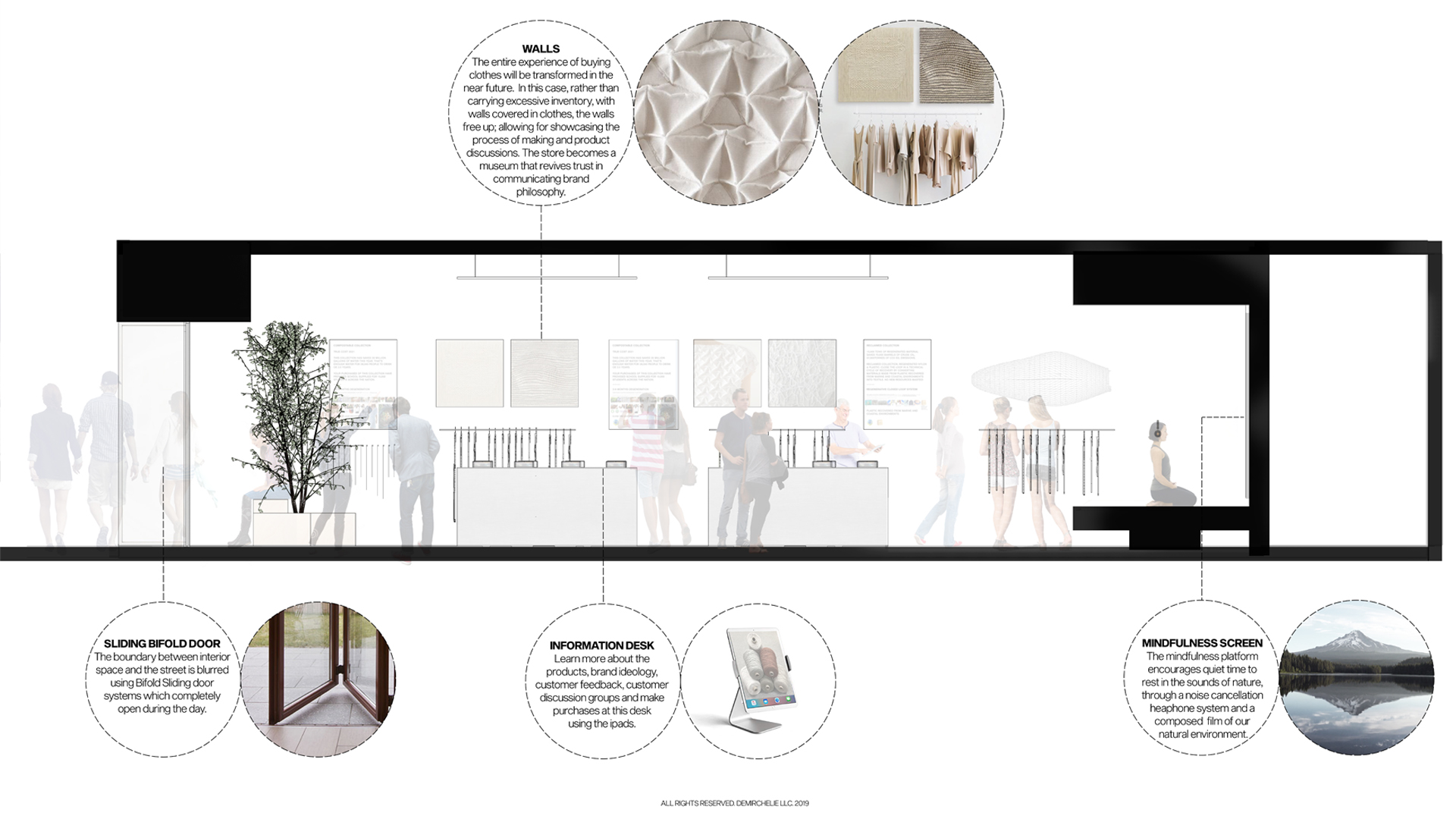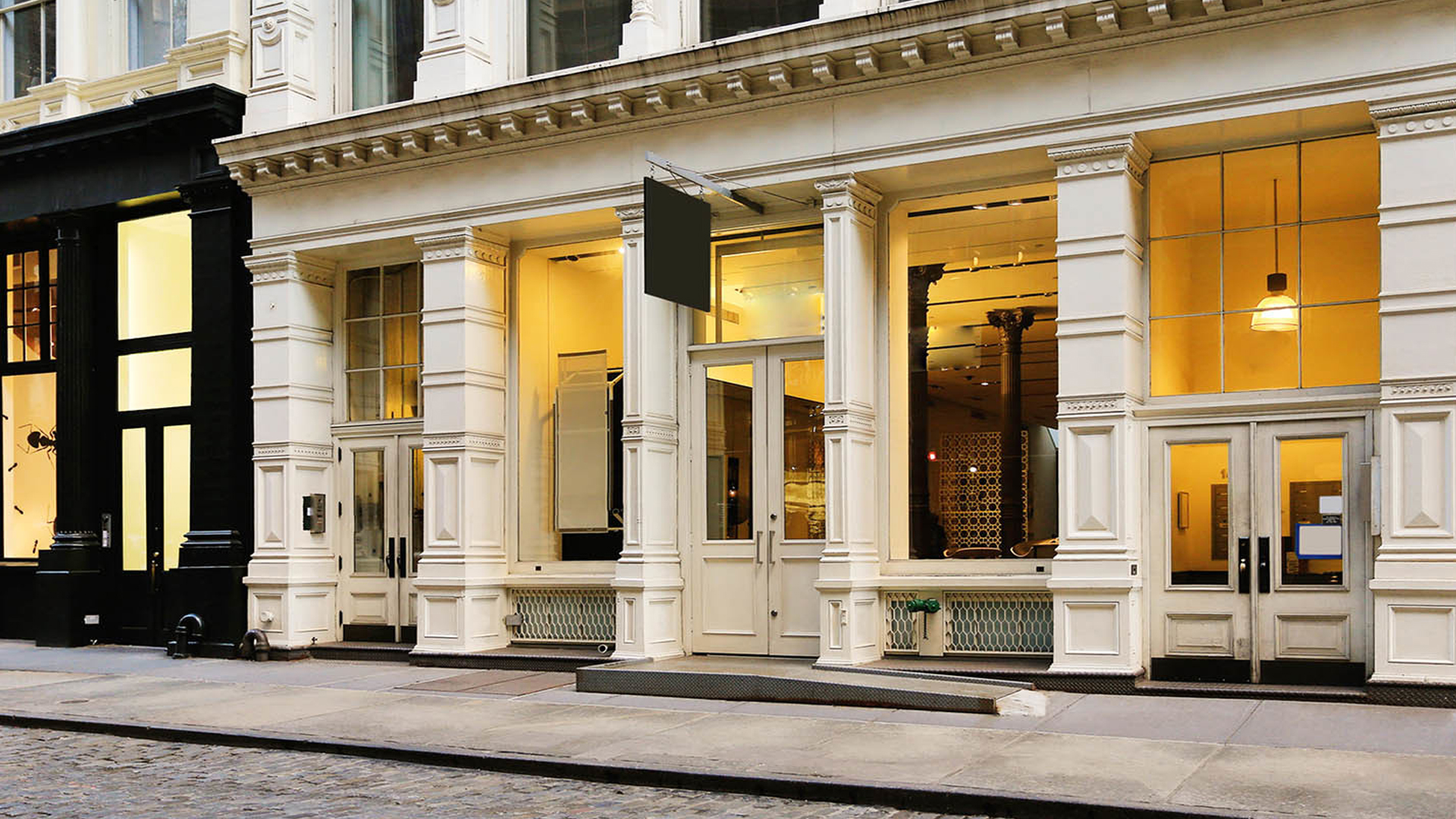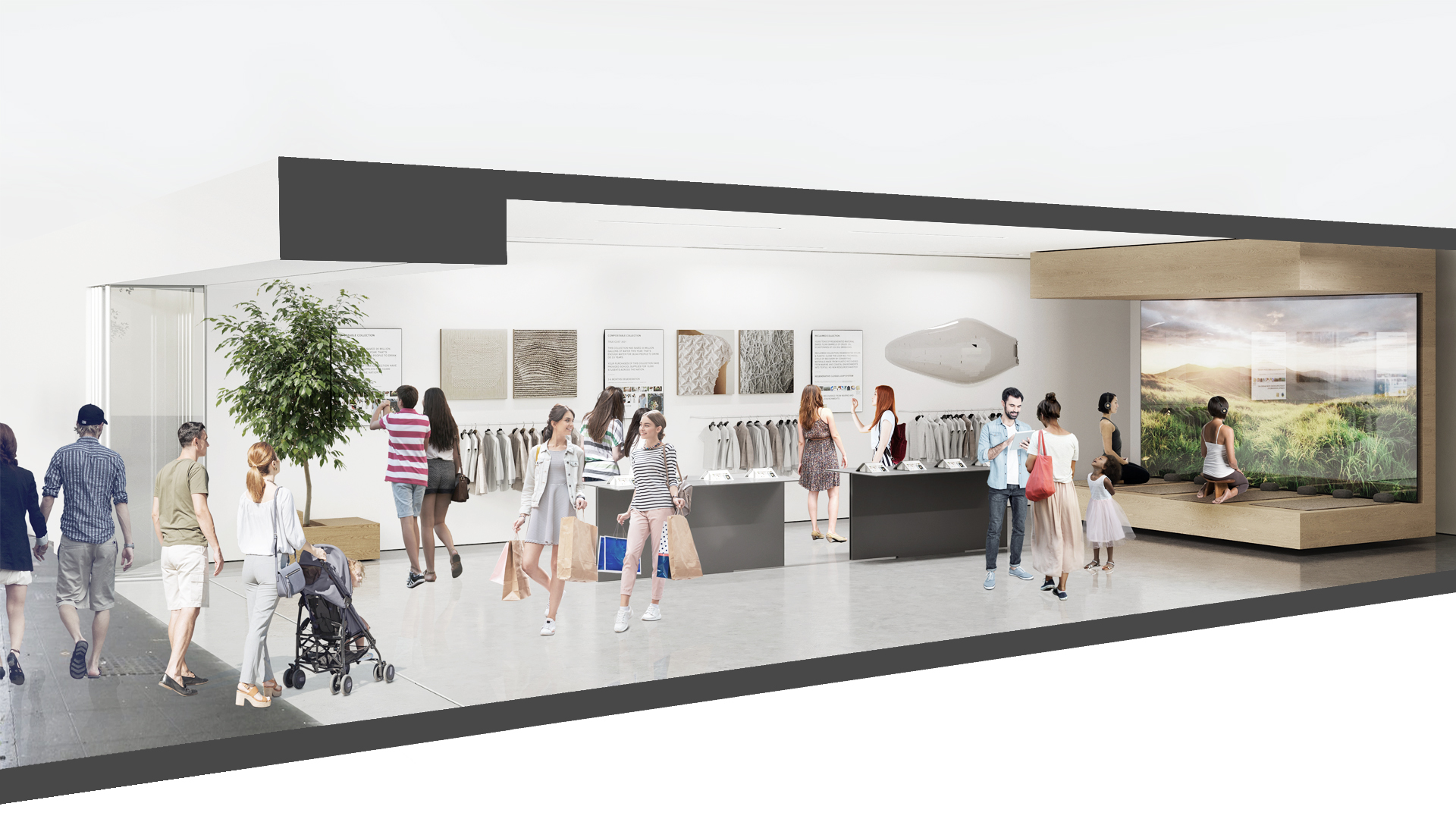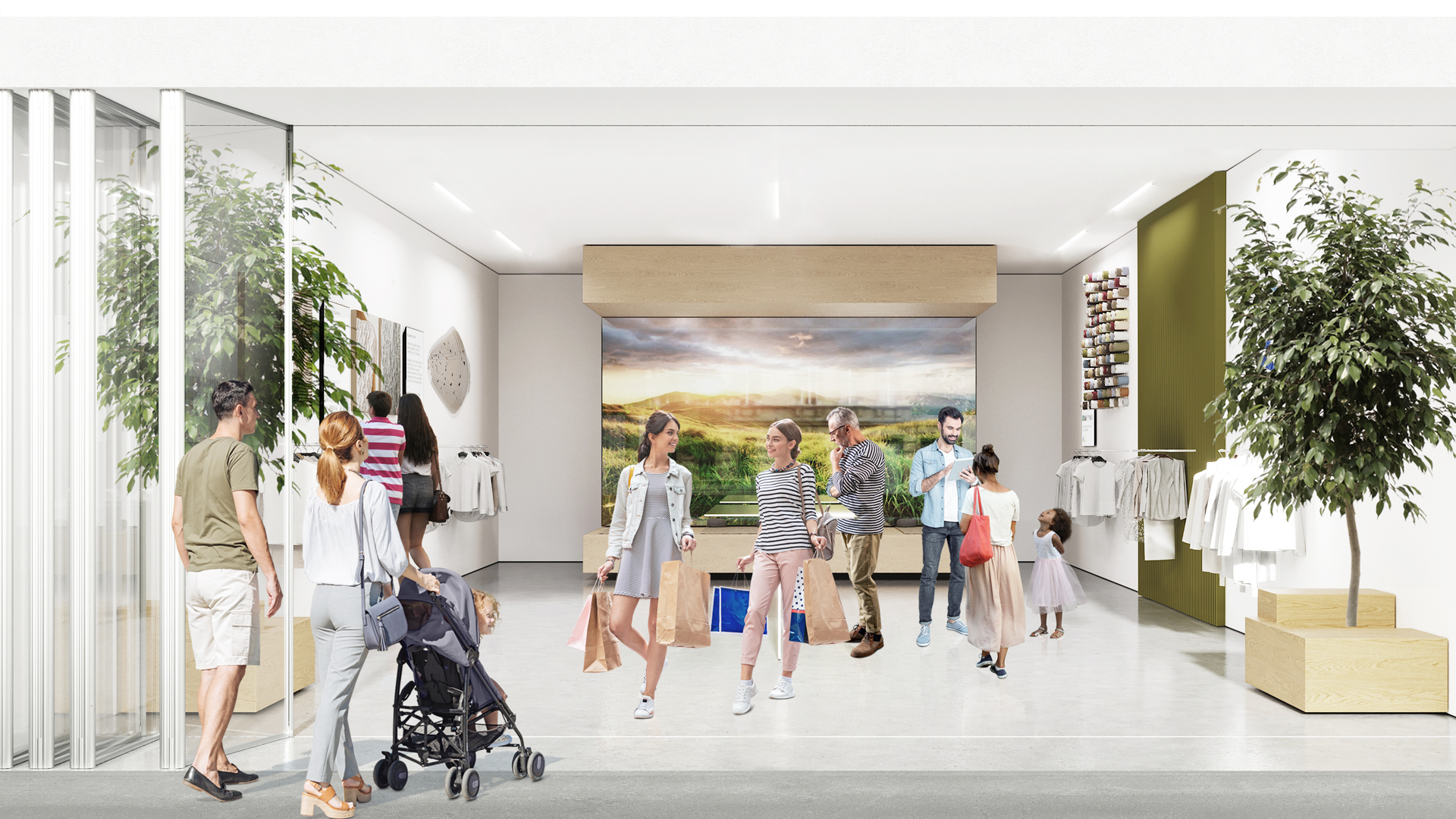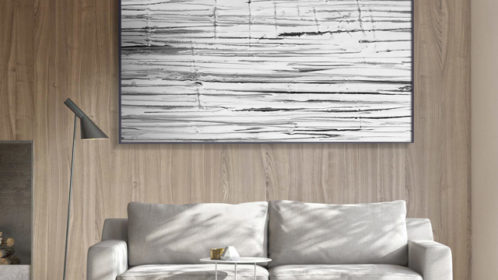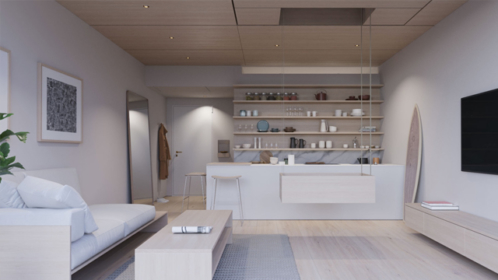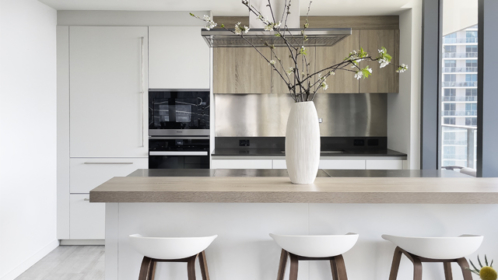Project Description
Retail design has entered a new dialogue in the past decade, one beyond customer circulation flow patterns, decompression zones, storefront design, product distribution patterns, and everything we have investigated since the inception of malls.
It is important to note that in the United States, malls were still being constructed at a rate of 140 a year in the mid-90s with a quick shift in 2001 presented by a PricewaterhouseCoopers study reporting that underperforming and vacant malls, known as “greyfield” estates, were an emerging problem. A year before the recession, in 2007, no new malls were built in America, for the first time in 50 years.
The past decade has seen a radical transformation in consumer experience design as a result of developing technologies and a full reform of the customer mindset and ideology. In response, retailers have tried various strategies to connect with customers at deeper emotional levels by inserting entertainment in the design paradigm.
In a research study, we made a quick speculation of this model from the consumer lens, and most shoppers reported that the experience was repetitive. A tourist visiting Abbot Kinney LA may go through 10 stores on a given day. Assuming they all have created the same active social hubs, buzzing with energy and enthusiasm, by the time this customer gets to the 10th store, the experience is redundant with very little differentiation between each store experience.
This is where retail entertainment or retailtainment becomes dull and highly repetitive. In other words, the insertion of cafes, restaurants, tech gadgets, and hyped store experiences, when 10 other brands have also conceptualized similar strategies as a part of their retail experience, is not enough in forging long-term brand commitment and establishing an emotional connection that transforms how the consumer thinks and feels about a brand.
In our studio, we are approaching retail experience as a fully planned film and the smallest moments where the brand has the opportunity to engage with the customer in an authentic, diverse manner, as the most vital segments of the entire experience.
Emotional motivators drive customer behavior. But it is identifying the customer’s path in the store experience, this “well-planned movie,” in conjunction with the proper emotional motivators, unique to that brand, that makes for an engagement that will be remembered by the customer, hence capable of creating long-term commitments.
We are currently investigating the intersection between these key emotional motivators unique to various brands and the proper spatial design configurations parallel to these emotional cues throughout the entire in-store experience.
